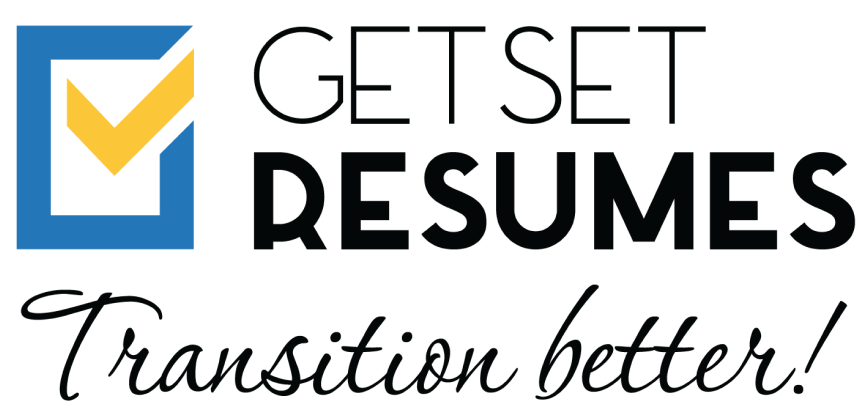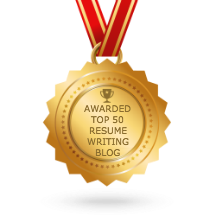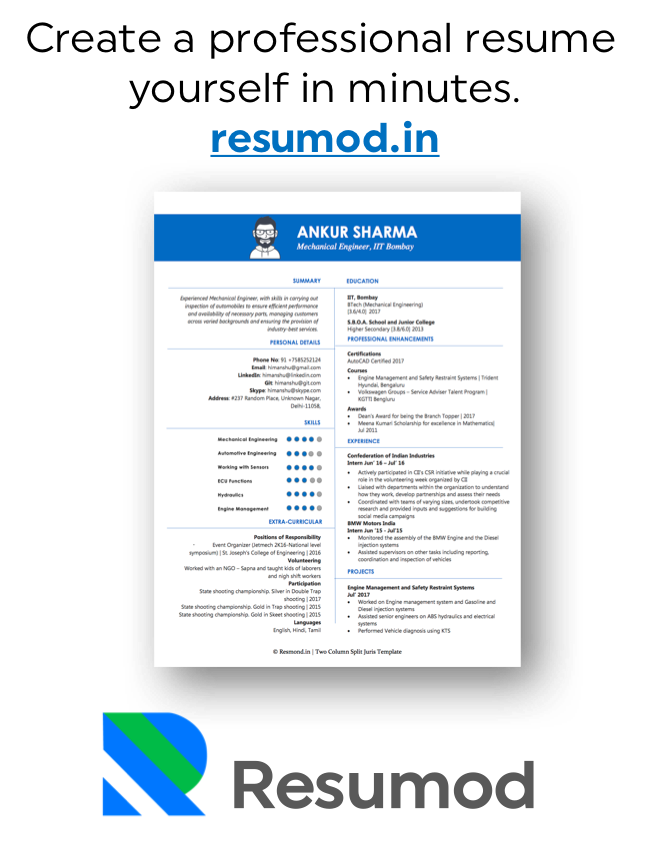Emails are an integral part of any business conversation these days. They contain within them the power to make or break your perceived personality in the workplace. Not to mention, how you communicate without seeing the person face to face, or without actually talking to them depicts a lot about you.
“There are four ways, and only four ways, in which we have contact with the world. We are evaluated and classified by these four contacts: what we do, how we look, what we say, and how we say it.”
– Dale Carnegie, American Educator (1888 – 1955) (Sourced and quoted as is from here)
The above lines pretty much sum up the importance of writing a well-framed email, especially in the context of business or workplace conversations. Writing a near-perfect email is an art, which can be mastered by following a few simple rules. In this article, I explore what common courtesy expects us to follow while writing a formal email to anyone in the workplace – be it your boss, the management, your junior, or even your colleague.
Email Body
§ Email Commencement
Yes: Start with knowing about the person you will be addressing the email to. This includes knowing the person’s designation and stature in the workplace. Once you know this, start the email with a polite greeting, and a professional salutation with either the recipient’s first/last name (you should prefer following company protocol with this part), something along the lines of “Hello Mr./Ms./Mrs. Jha” or “Greetings Dr. Singh” or “Dear Mr./Ms./Mrs. Alex”.
No: Use casual references or pet names in an email while referring to someone from the workplace. Salutations like “Yo Neal” or “Howdy Jeanine” will create a perception that you are ill-mannered and unprofessional, and no one will be likely to read the rest of your mail.
§ Mail Body
Yes:Type in complete sentences, and follow standard grammar rules while drafting a mail. This includes capitalizing the first alphabet of the beginning of every sentence, and the usage of appropriate punctuation. Additionally, be sure that you email body does not beat around the bush and is clear on the message it wants to convey. Remember, nobody has time to read a book. Your email should reflect the fact that you mean business, and are not the one to pursue a tangential path during conversations.
And yes, proofread your emails. I cannot stress enough on the importance of proofing your email, people. Trust me; you do not want to look like a dork in front of your boss with the fancy textspeak or that wrongly spelt word; save that for your phone texts, because your acquaintances couldn’t care less about how you talk informally.
No: Use short forms, non-standard abbreviations in the email. It puts your laziness and non-serious attitude in plain sight. Unless you are a mind reader, I would advise to keep your humour and exclamation marks in check in a business communication during the initial exchanges. You never know how your message may be construed by the recipient. To avoid email bloopers, I suggest you read them once before clicking on the “Send” button. Additional notes here include refraining from using capital letters, or ALL CAPS in your mail, since it appears offensive, or writing your entire email in small case as it shows laziness or lack of education. Also, multiple ??? or !!! are a big no-no, for the same reason as smoking in public – its discourteous.
§ Email Conclusion
Yes: Include a signature when you conclude your email. The best signature that leaves a lasting impression on the recipient includes a courteous “Thanks & Regards” or “Sincerely” or “Best Regards” or simply a “Thank you”, followed by your complete name, your company name, a website link to your company, and your contact details (phone or email details).
No: Add a signature that portrays you as an egotist. Putting in cheeky slogans or your personal details (irrelevant to work details) are things that are better left for a personal interaction.
Courtesy & Mannerisms in Formal Emails
Up until now, we have discussed at length about how an email should be constructed. Now, I will be throwing light on email sending etiquettes to be followed to cement your image in the workplace.
§ Okay, this one is VERY important, people. While writing an email, make sure to use a professional email address. This means that your email address for business correspondence should be something that contains your name, and numbers, if necessary (e.g. samantha.avery@cbmail.com or samantha219@fdemail.net). Refrain from using cheeky or lovey-dovey email addresses (e.g. sweetloveangel@ghmail.com or dashingdude@ysmail.net), since they show immaturity. Also, use a distinct, crisp and to-the-point subject line for your email. Make sure the email subject is in line with the contents of the email, or your message will most like likely be marked as spam.
§ Ensure that your name is shown properly in the From: section. This means showing your complete name, like this: From: Priya Gupta, and not like this: From: priya gupta or From: pRiya gUpta, or evenFrom: Precious Angel. Additionally, you need to be careful about who you include in the Cc: and Bcc: section. Know that the Cc: section is there to include people you are conveying information to, but do not expect a response from, kind of like an FYI. On the other hand, if you want someone to see the message but wish to keep their email contact discreet then you might consider using the Bcc: section. Tip: Never give away an acquaintance’s personal/work email address to strangers; it’s an intrusion of privacy.
§ No matter how busy you are, always take out time to give an acknowledgement to the sender that you have received their email. If you wish to respond to their message later, drop them a courtesy email saying that you have received their mail, and will be responding to it later. Be courteous in replying to your emails. It shows your mannerisms and education, and your commitment towards professionalism. Also, try not to hit the “Reply to All” button if the other recipients are not interested in receiving mails from you, or it could lead to your mails being directed towards the Spam folder.
No matter how busy you are, always take out time to give an acknowledgement to the sender that you have received their email.
§ While replying to an email, ensure that you first type out the mail body and add the email address after you have thoroughly reviewed and proofread the message. This ensures that you do not send partial/grammatically incorrect emails to your recipients. Additionally, avoid using previous email for a new correspondence, unless the context for the conversation picks up where you left it last. Tip: Never respond to emails during an outburst of emotions. You do not want your message to be misinterpreted, and the least perfect time to hit the send button is when you are angry or upset over something; you do not want to regret over your actions later. Reply only when you have calmed down.
§ Do not forward emails to others willy-nilly, no matter how good the email is, or however noble the cause is. Not everyone appreciates their inbox cluttered with messages that has nothing to do with them. Also, before forwarding an email, ensure that the information pertaining to forwarding >>>, other email addresses, headers and commentary from all the other forwarders have been removed.
§ Refrain from using fancy fonts and too many colours in your business exchanges; you might pass off as a casual and non-serious person. The best fonts to use while writing an email are Sans Serif, Times New Roman or Tahoma. Keep the font size such so that the recipient does not have to squint to read what you wrote, which comes up to a font size between 9 to 12, as per the specific font used. Red and orange are aggressive colours and must be avoided at all costs, either as font colours or to highlight specific text. You can either put the highlighted area in bold, or in italics to emphasize. Avoid using more than two colours in an email; it makes the mail less reader-friendly. Additionally, medium tones of grey are ideal for use.
Refrain from using fancy fonts and too many colours in your business exchanges; you might pass off as a casual and non-serious person. The best fonts to use while writing an email are Sans Serif, Times New Roman or Tahoma.
§ Attachments: This is another area where most people toss away courtesy in the bin. Do not send heavy attachments in the mail, as it takes a lot of time to download – not to mention it can result in bouncing back of other email, get your mails marked as spam and can jam the email account of the recipient. A good way is to either ask the recipient for an alternate email address or ask for a preferable time wherein you can send them the attachment. Also, prefer resizing your graphics in your email to 600 pixels in width before attaching; this cuts out download time drastically.
§ It is better if you know your recipient in advance. This includes knowing which culture your business exchanges are directed towards, since each culture is unique in itself, and requires correspondence be personalized. Broadly speaking, high-context cultures (mostly Asian and Gulf countries) prefer a formal introduction about you before getting down to business, whereas low-context cultures (mostly European countries, USA and Scandinavian nations) would avoid such formalities and appreciate if you get to the point quickly.
Concluding Notes
In the digital age, when more and more people are getting online and businesses connecting via the internet, it is important for both present and future professionals to know that bad reputation travels faster than good. Your conduct at your office, including your personality and communications, shapes a better part of your professional life.
In all cases, while writing an email, keep in mind the basic courtesy to be followed, to receive appreciation from your peers, seniors or clients. Happy E-mailing! 🙂



